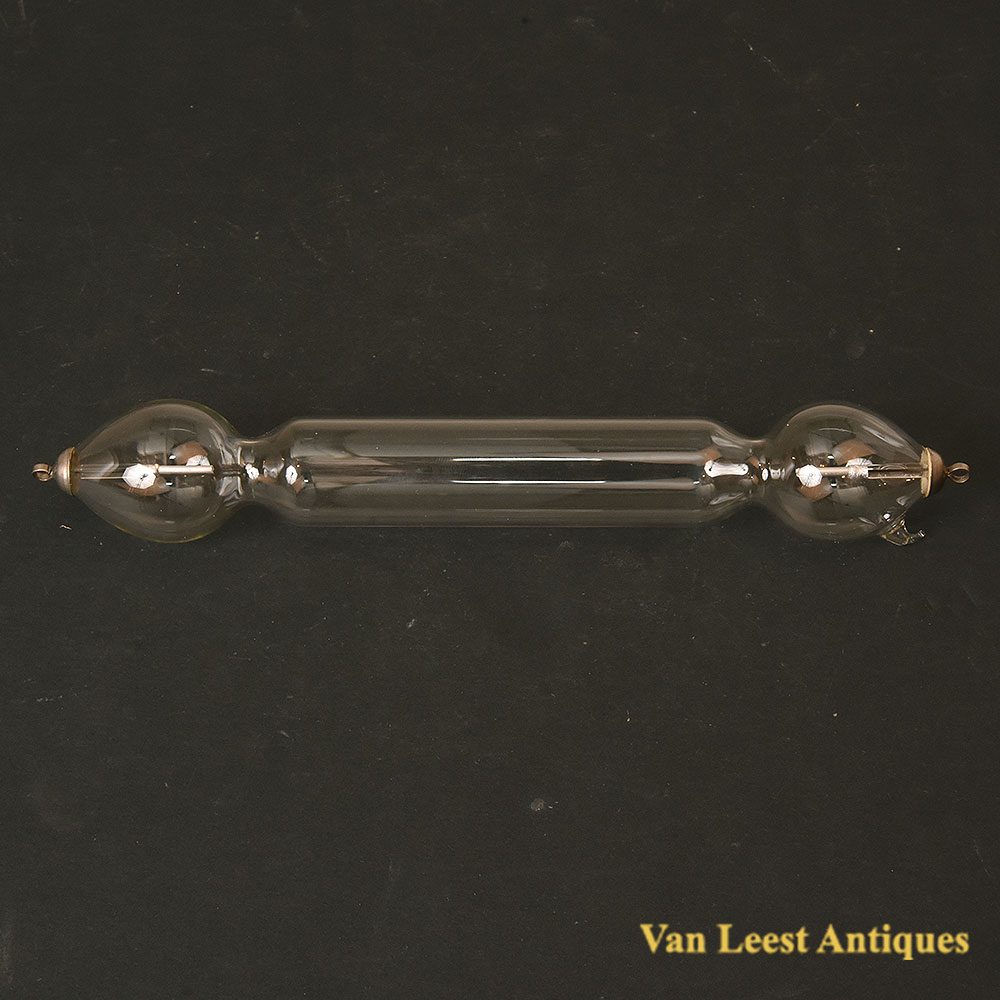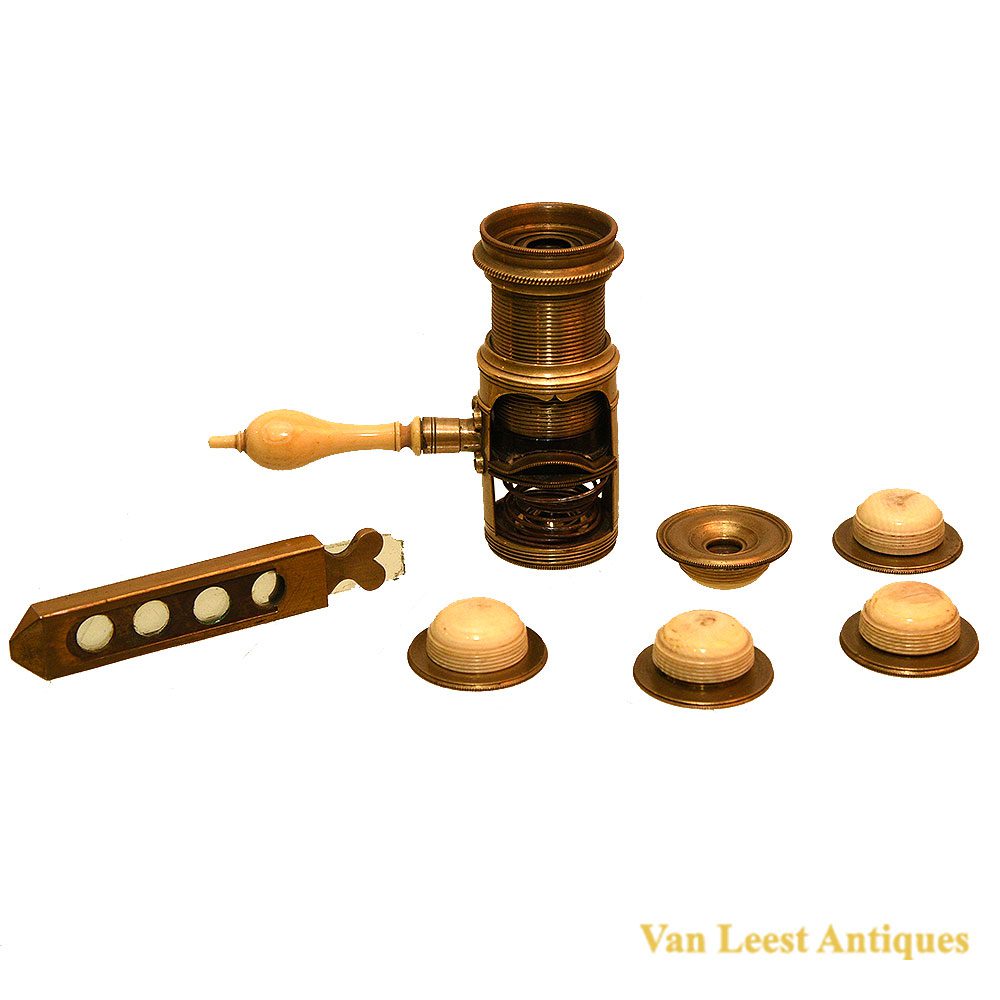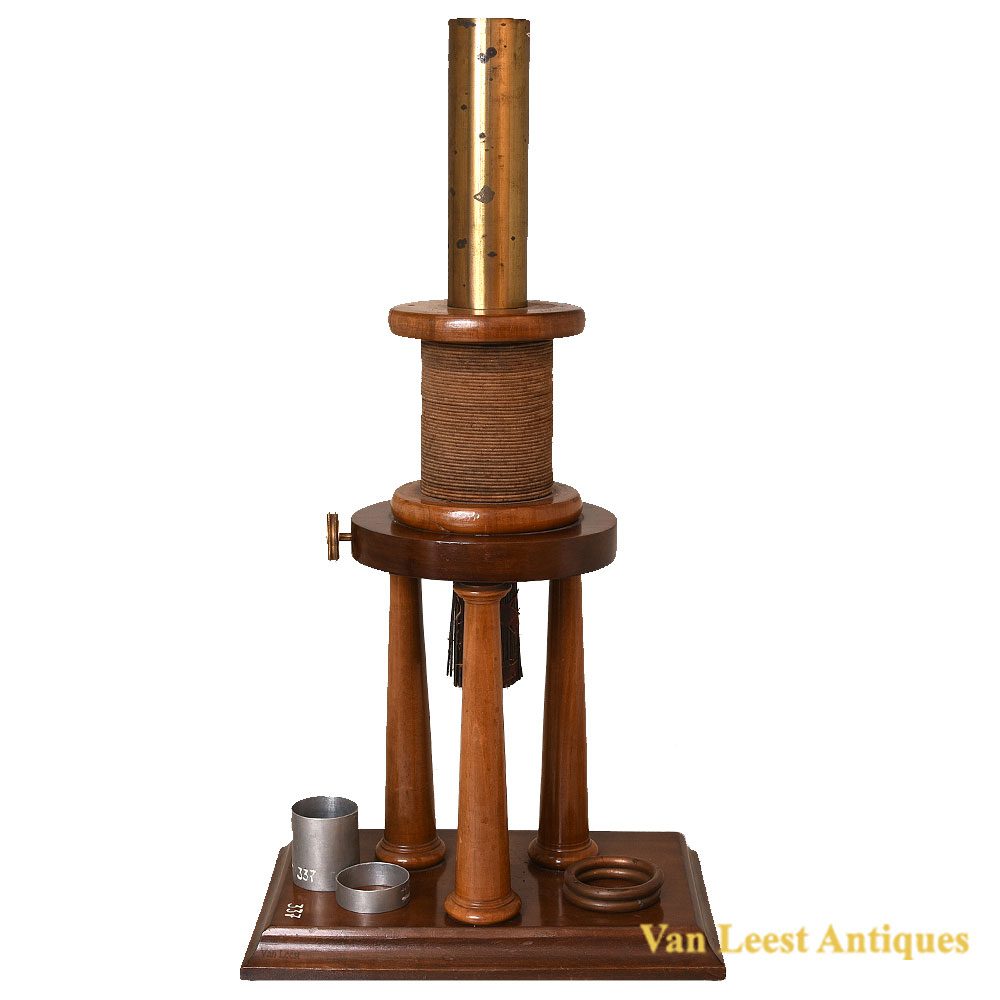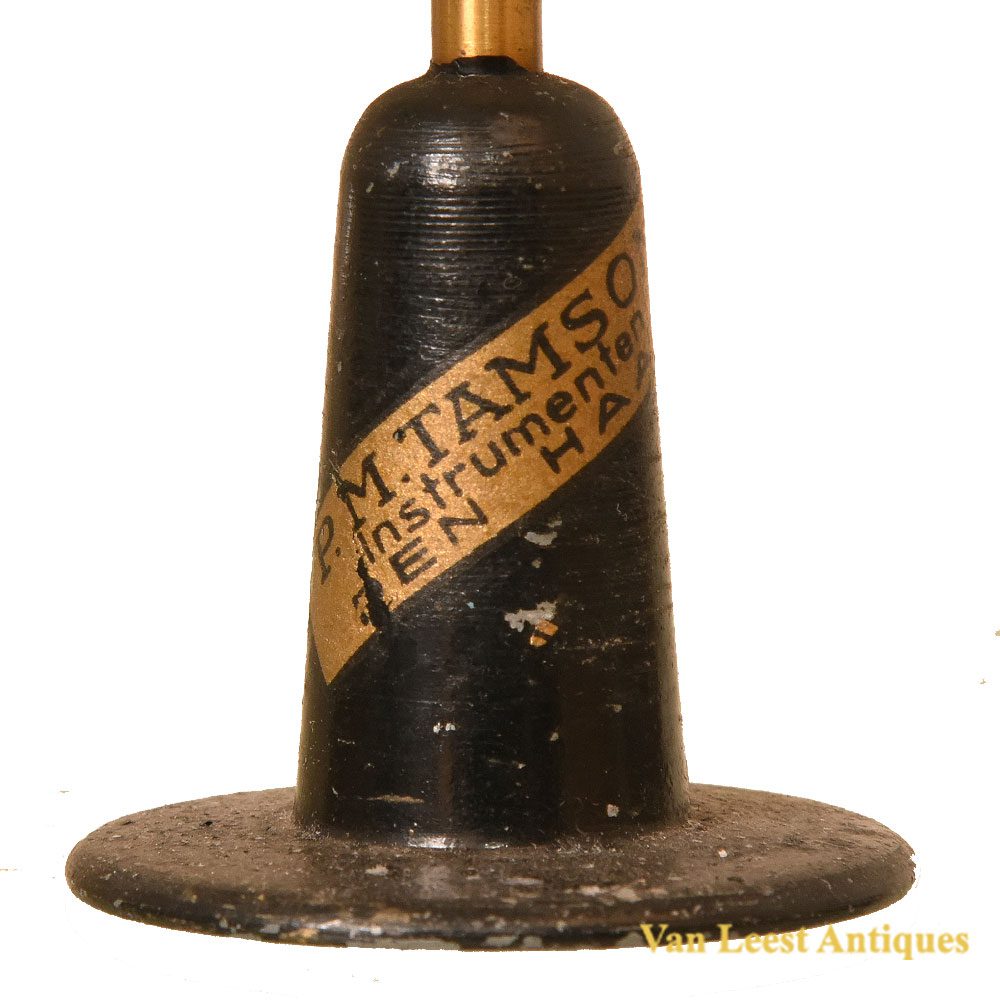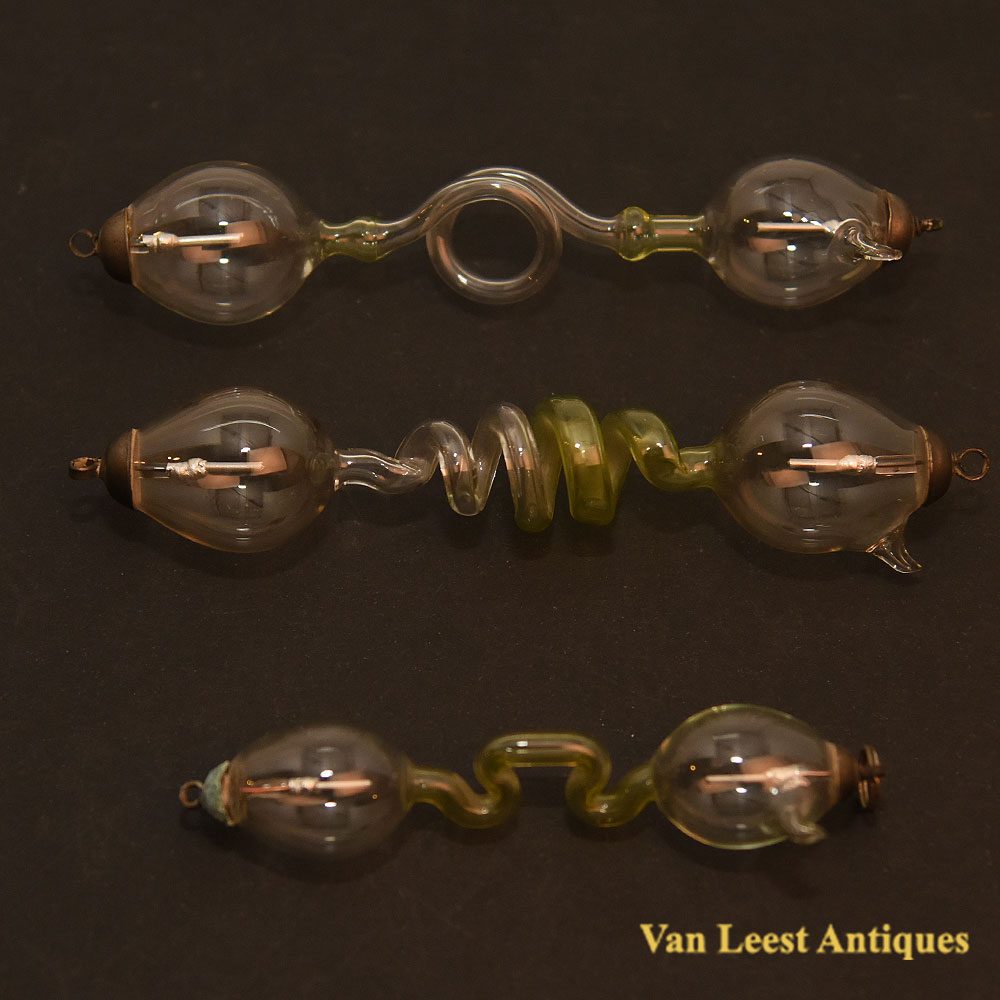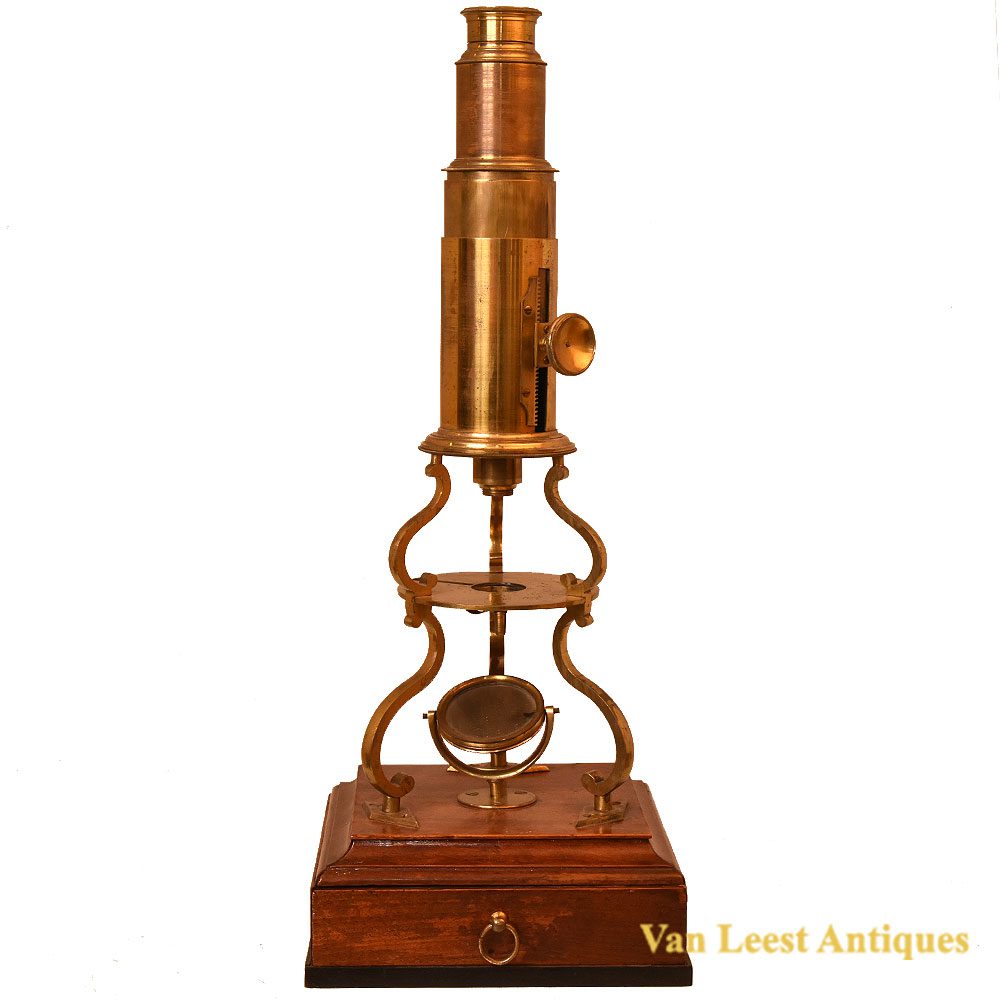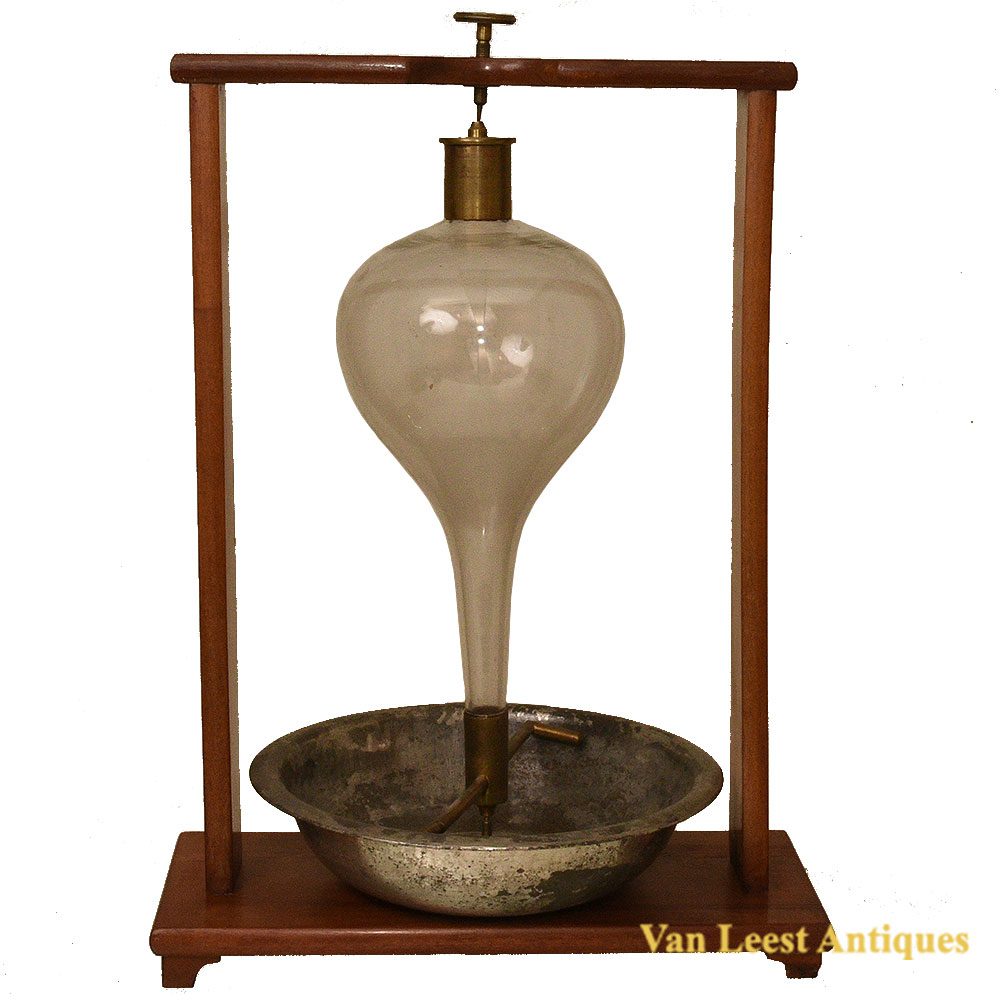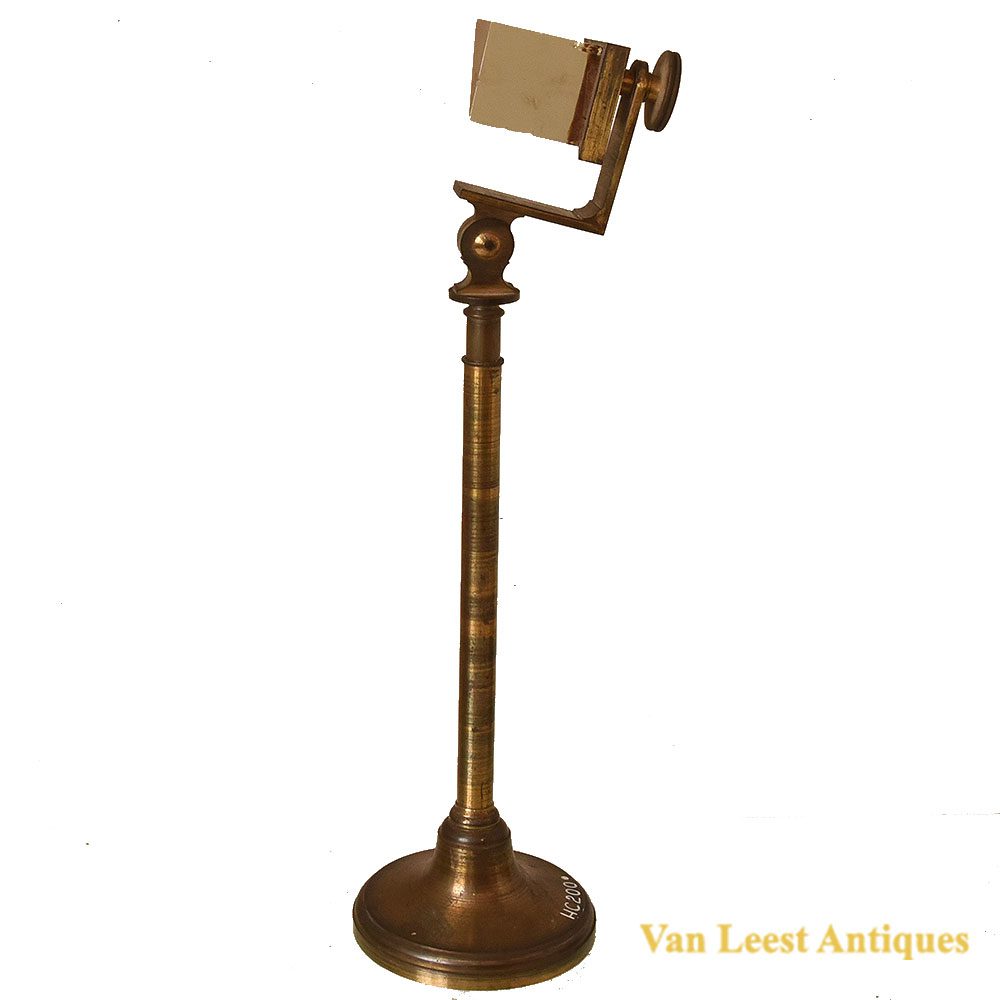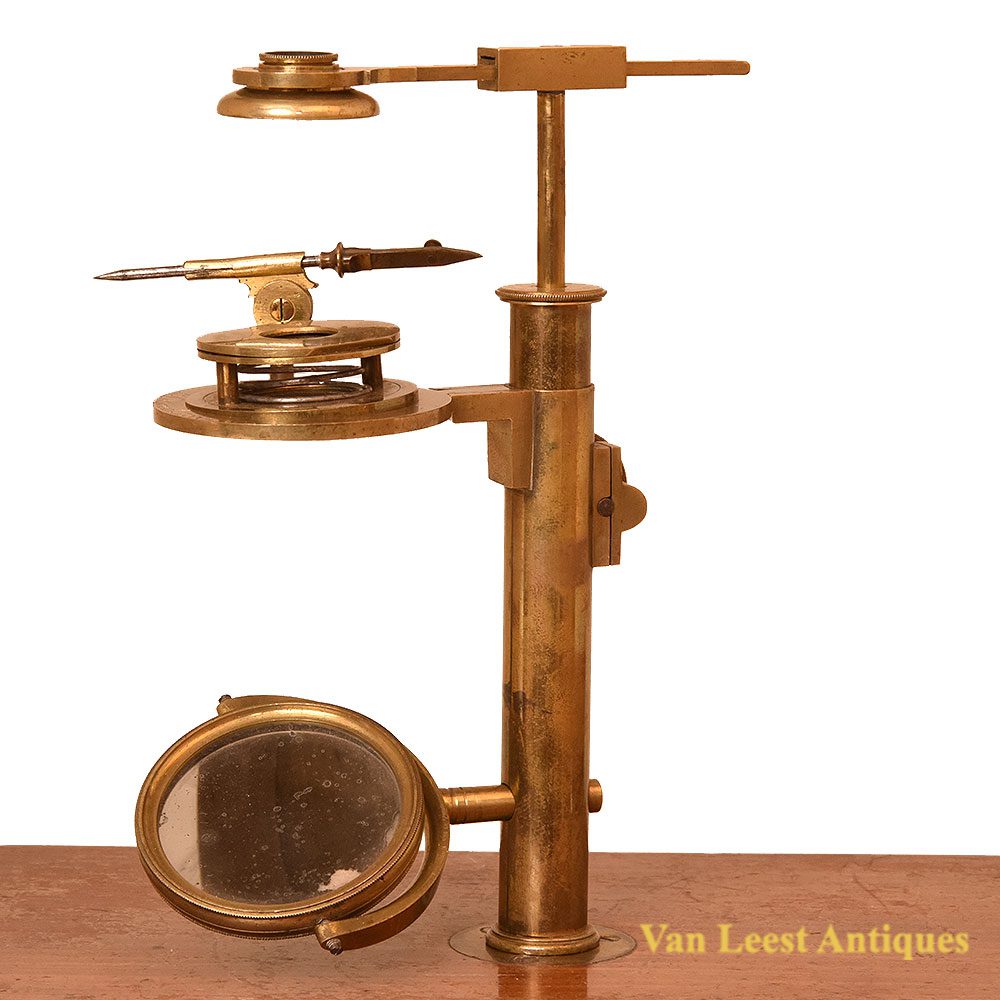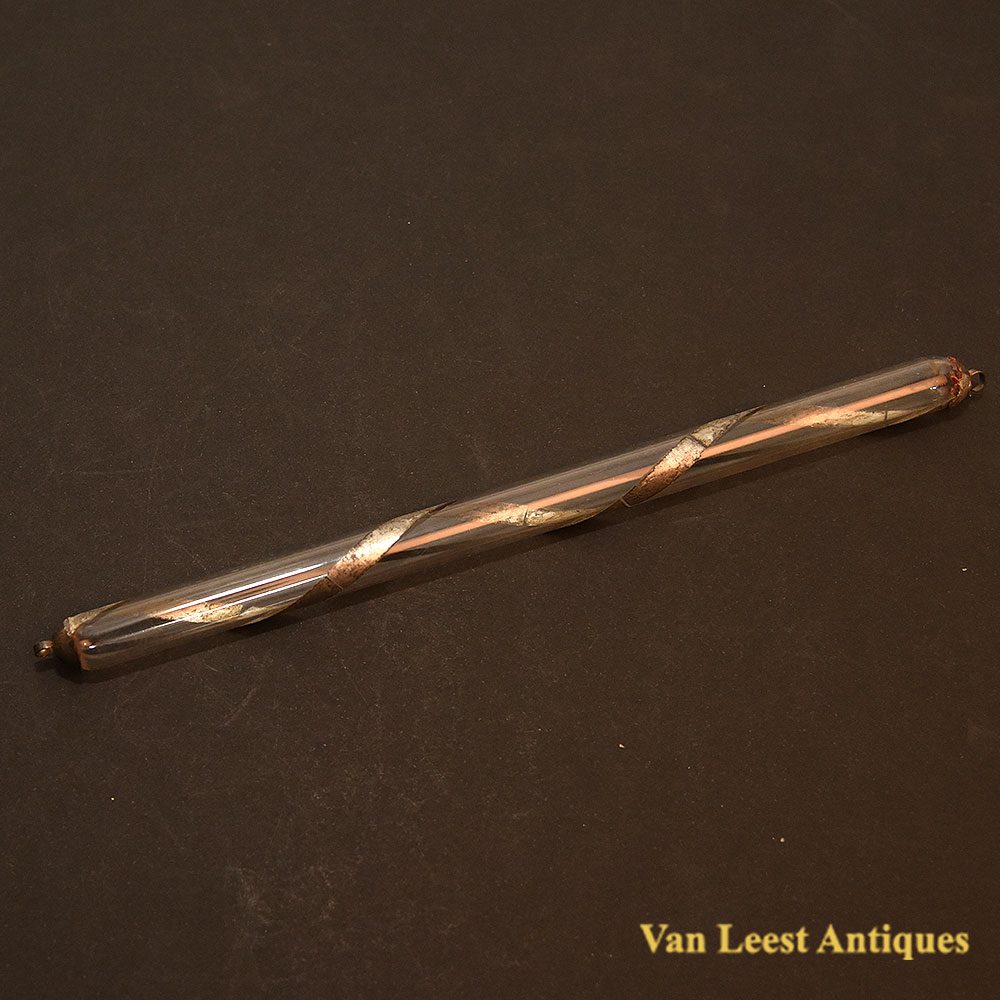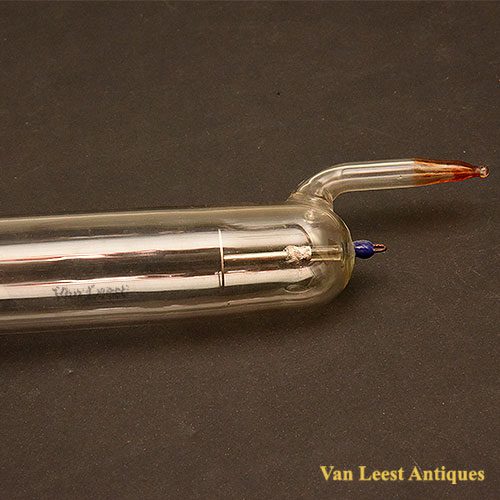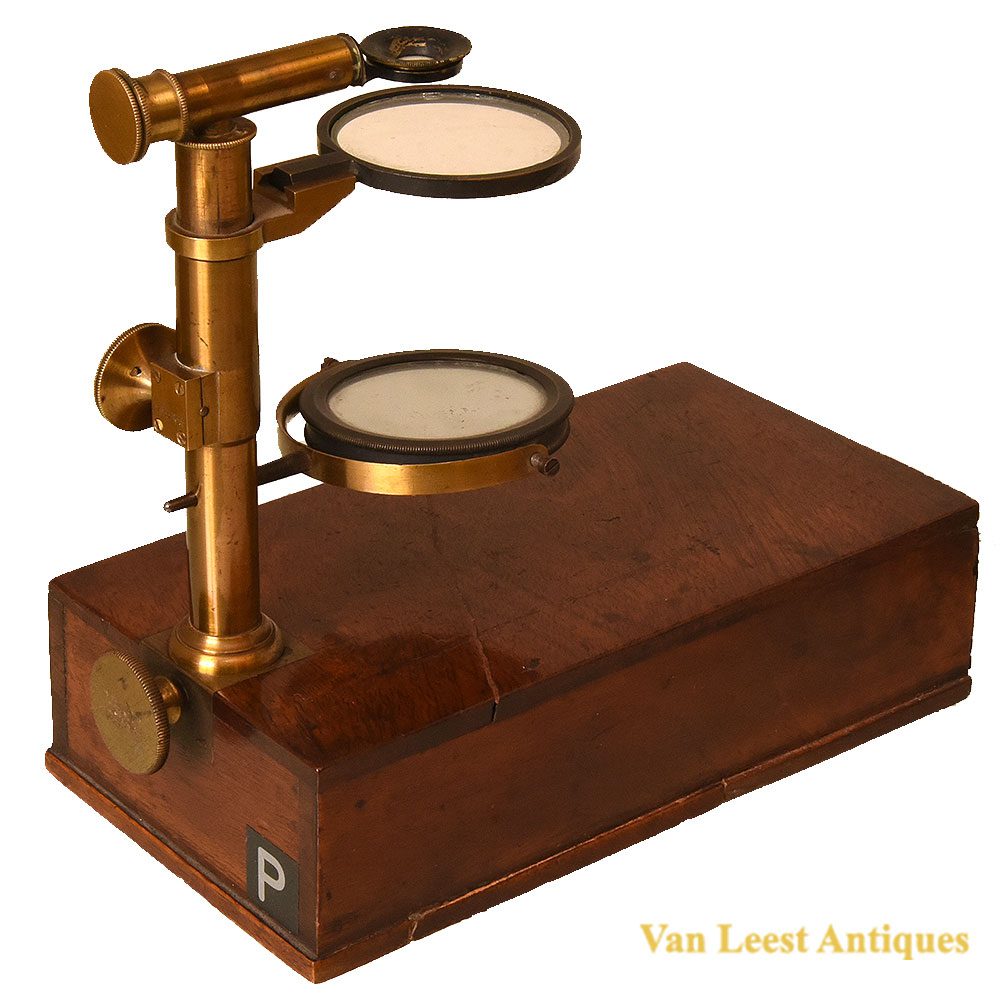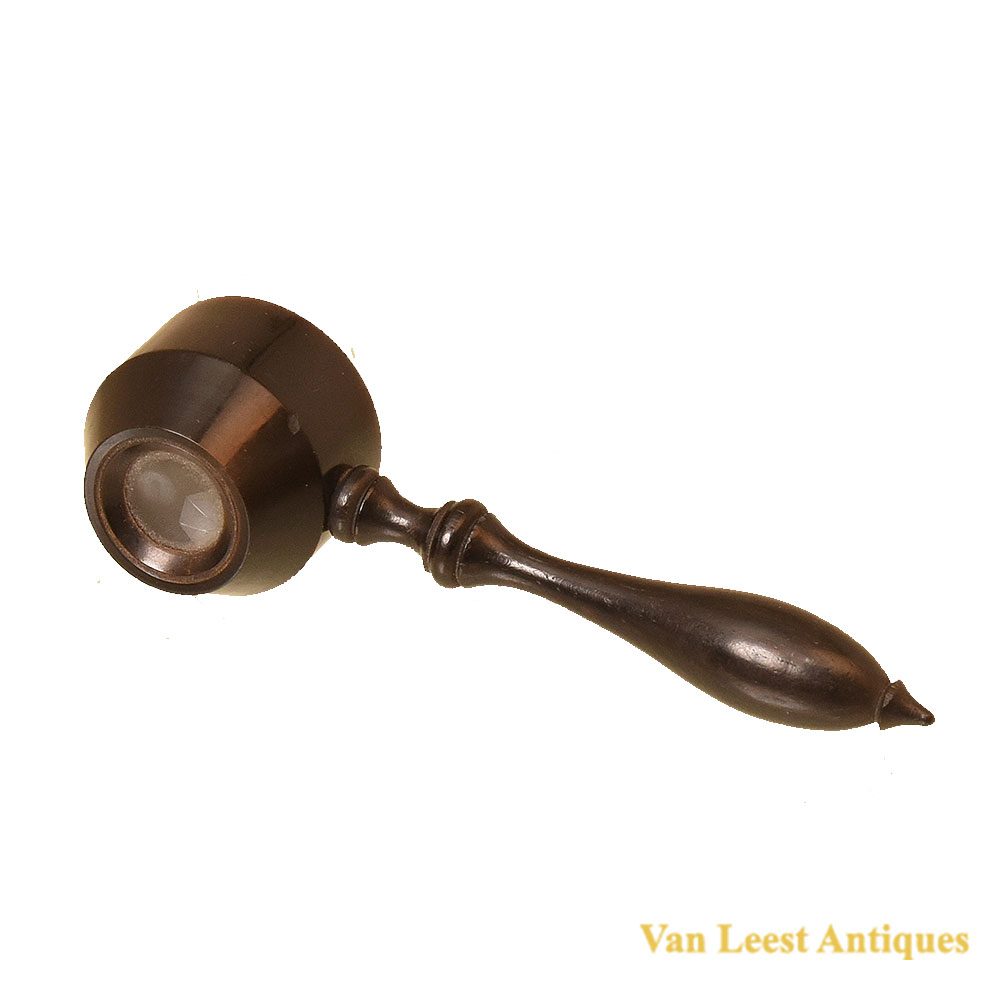Geissler tube ionizable minerals or metal
On application
A 1970’s Geissler tube with ionizable minerals or metal.
Invented in 1857 by German physicist and glassblower Heinrich Geissler, the Geissler tube stands as an early gas discharge apparatus employed to illustrate the principles of electrical glow discharge, akin to contemporary neon lighting, and pivotal to the discovery of the electron. This device comprises a sealed, partially evacuated glass cylinder of various shapes, housing rarefied gases like neon, argon, or air, along with conductive fluids such as mercury vapor, or ionizable minerals and metals like sodium. With metal electrodes positioned at each end, when a high voltage is applied across them, an electric current courses through the tube.
Lenght: 21,5 cm.
